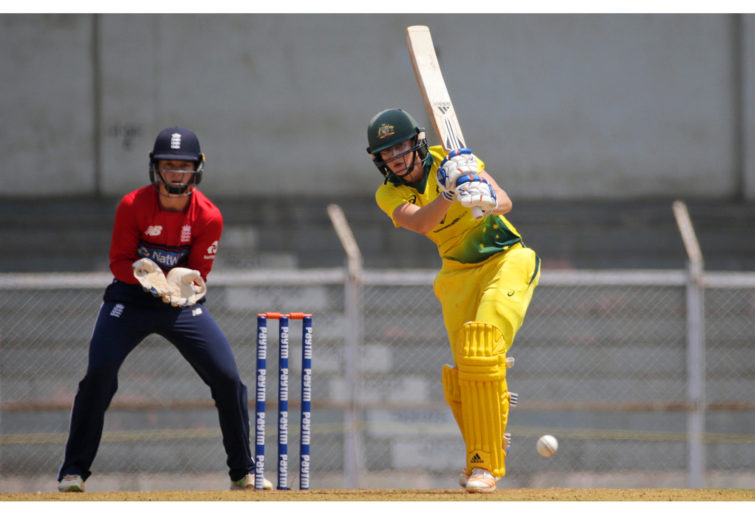Bazball comes first over hit and giggle: Stokes pulls out of T20 World Cup to focus on Tests
England's chances of retaining the Twenty20 World Cup have been hit for six with the news Ben Stokes has opted out of selection for…
It has been just over a week since the final game in the 2019 Women’s Ashes, where Australia celebrated a dominant tournament, taking out the series 12-4.
This was the equal most dominant series win in the multi-format history of the Ashes, with England beating Australia by the same margin in 2013.
This dominance reflects what we have seen from this team on the world stage over the last two years. In that period, the Australian women have lost just six games out of 40 across all formats. Since 2018, the team has only lost three games, and all of them were in T20, the most fickle format of all.
Despite losing the final T20 game by 17 runs and not quite getting through the tournament without a loss, the Ashes was full of important milestones for our Aussie women.
Meg Lanning made the highest individual score in a Women’s T20 international, scoring an unbeaten 133 off 63 balls in a sold-out match in Chelmsford. In the same game, the Aussie women made their best ever T20 score of 3/226.
The records also tumbled around Ellyse Perry. In the third ODI in Canterbury, Perry took 7/22, which are the best ever ODI figures by an Australian woman.
During the T20 leg of the tournament, Perry became the first player to score 1000 runs and take 100 wickets in T20 internationals.
She was also named player of the tournament, topping the runs with 378 runs at an average of 94.50 and also taking the most wickets with 15 at an average of 12.86.

(AP Photo/Rafiq Maqbool)
This victory bodes well for the Southern Stars ahead of what is set to be a busy summer, including a home tour against Sri Lanka, a stand-alone WBBL tournament and the ICC Women’s T20 World Cup, which begins in February next year.
But the real question to come out of this tournament is what will happen to England’s side given the heavy series defeat.
Some may wonder why, as Aussies, we should even care. But for women’s cricket to continue to grow, improve and prosper, there needs to be a competitive international cricket scene.
The last thing fans want to see is lopsided contests and my fear is that if England do not make a significant investment into elite women’s programs, then the gap between Australia and England – and then the rest of the world – will continue to widen.
This Ashes series was meant to be a contest between the first and second-best countries in the world, but England failed to fire.
It took the English women until the last T20 to win a game and even then it was a debutant, Mady Villiers, who starred alongside Katherine Brunt.
Villiers took the two key wickets of Alyssa Healy and Ashleigh Gardner, finishing with figures of 2/20. This makes me wonder whether part of the challenge may be mental rather than simply structural.
Remember, this England team won the 2017 World Cup, so it is hard to see how far the team has fallen in such a short space of time.
Australia and England have a different approach when it comes to structures. Australia sign WBBL and WNCL players to contracts, and while these athletes may not be full time, they are still on contracts.
This means that Australia has around 100 contracted cricketers, compared to England, where only the international team is contracted.
A £20 million investment has been announced for women’s domestic cricket in England, but it is still unclear as to how this money will be spent.
The ECB has said regional centres of excellence will replace elite country cricket from next season and align with teams in the new 100-ball cricket concept.
But it seems odd that England spend so much time developing the Kia Super League only to see it disbanded for The Hundred. Never heard of it? Don’t worry, it isn’t played anywhere else in the world.
During their Ashes defeat, England’s coach Mark Robinson suggested that Australia just have more “god-given physical attributes”.
That’s an absolute cop-out and attitudes like this will see England fall further behind.
Our Aussie women are exceptionally gifted, but the likes of Perry, Lanning and Healy have flourished because they are able to focus on their craft full-time and have the support structures in place around them to let them do this.
England need to do the same and they need to do it quickly. If England start now, then they will see results in five years, just like Australia have.
But by that time, will it be too late?